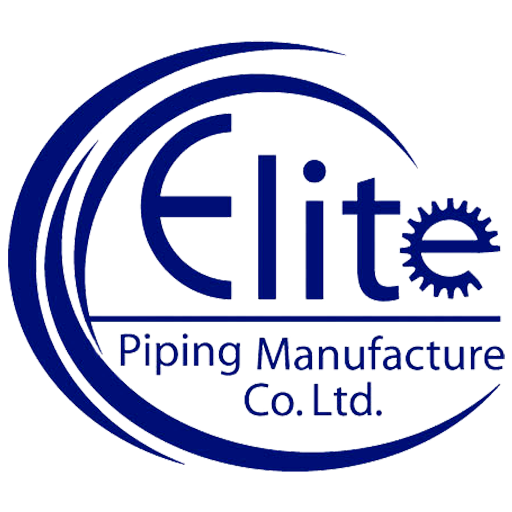Share this
1 Material inspection confirms the correctness of the material.
2. There are two methods of surface quality inspection: visual inspection and non-destructive inspection (when the drawing requires, the ultrasonic inspection should be in the state of a semi-finished product). Whether it is forgings or plate flanges, there should be no harmful defects such as cracks, interlayers, folds, slag inclusions, etc. after surface inspection.
3 Geometry inspection (the details are as follows)
⑴ thickness inspection
Thickness inspection includes the thickness of the flange, neck cone section, and a straight section. Metal ruler, caliper, a vernier caliper, and ultrasonic thickness gauge are available for inspection.
The measured minimum thickness of the flange, neck cone section, and straight section shall not be less than the design thickness.
The flange thickness measuring points are arranged on the center circle of the circle and the middle of the stud through the hole, and at least 5 points are evenly distributed along the circumference.
The thickness measurement points of the neck cone section are arranged near the big end and the small end and are evenly distributed to at least 5 points along the circumference.
(2) Inspection of inner and outer circle diameters and related dimensions
The size inspection of the inner and outer circle diameters and the sealing surface uses metal rulers, steel tapes, calipers, calipers, etc.
If the dimensions related to the sealing surface must be processed after heat treatment, check the dimensions related to the sealing surface after heat treatment. The inspection method of the sealing surface of the equipment flange shall be performed by visual inspection. The sealing surface shall not have defects that affect the sealing effect, such as through longitudinal or spiral notch, etc.
(3) Check the diameter of the center circle of the stud through the hole
the chord length of two adjacent holes, and the chord length of any two holes.
The diameter of the center circle of the stud through the hole, the chord length of the two adjacent holes, and the chord length of any two holes can be checked with a metal ruler, a caliper, and a vernier caliper.
(4) Check the verticality of the center line of the stud through the hole
The perpendicularity between the center line of the stud through the hole and the end face is checked by a square and a platform.
4 Roughness check
The roughness inspection of the above flange sealing surface, etc., use a roughness comparison sample.
5 Hardness check
The hardness test of the above flange sealing surface (when required) adopts a hardness tester.
6 Mark Check
Inspectors shall check the material marks of the above flanges in accordance with the provisions of the enterprise quality management system documents.
7 retest
For pipe fittings, please link: https://bekingpiping.com

